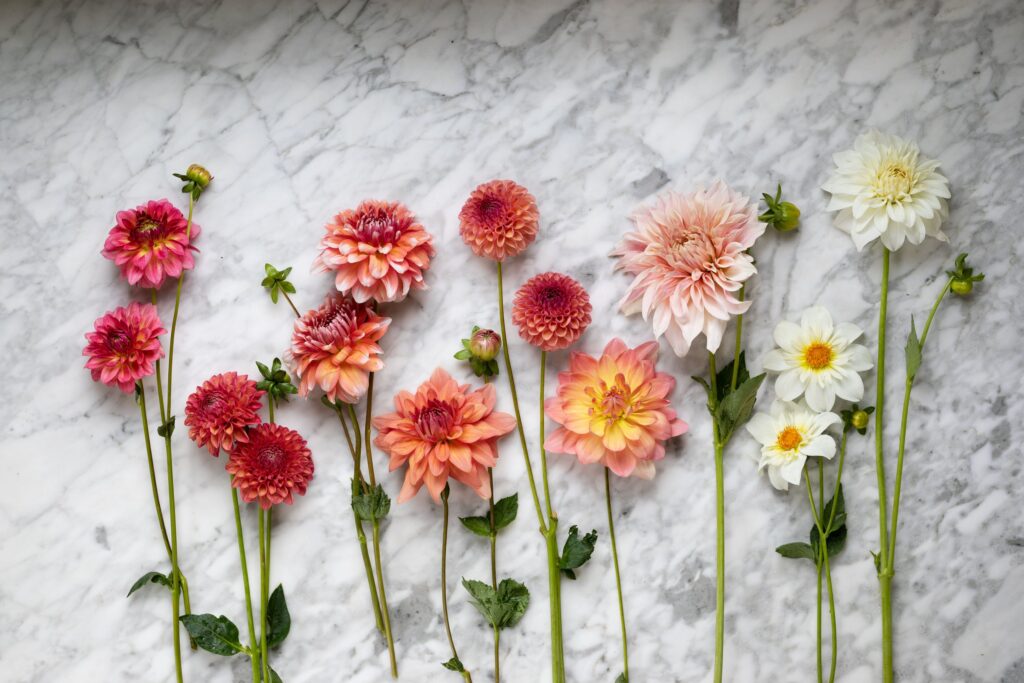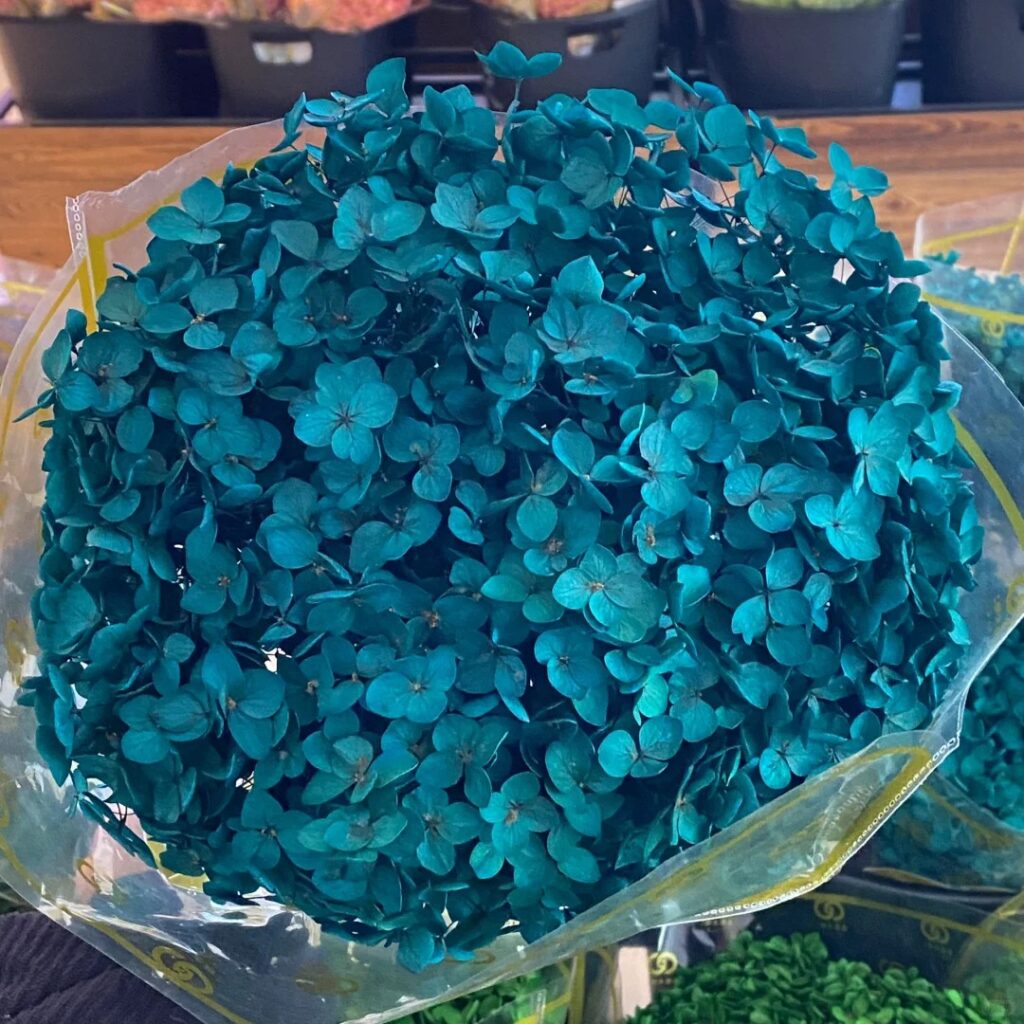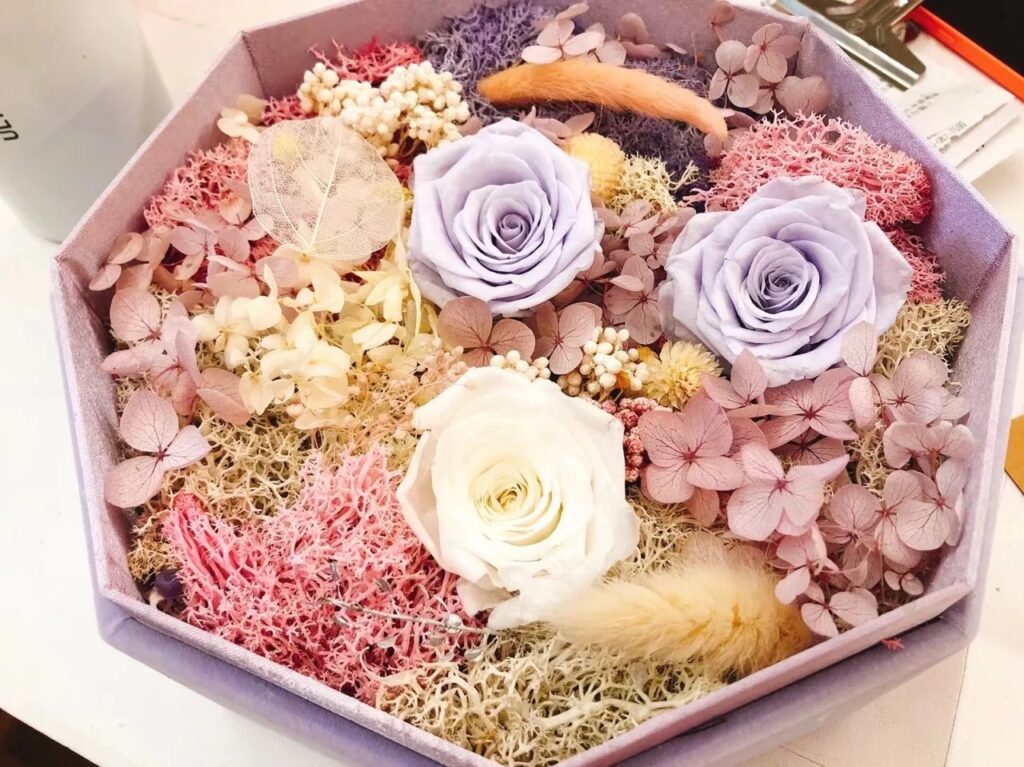Preserved flowers, often referred to as “eternal blooms,” are real flowers that have undergone a sophisticated preservation process involving dehydration, drying, dyeing, and more. These blooms retain the shape, color, and texture of fresh flowers while extending their lifespan significantly—lasting up to three years or even longer with proper care.

The Origins and Development of Preserved Flowers
The love for flowers is deeply rooted in human nature. Since ancient times, flowers have symbolized beauty, affection, and celebration. People have long wished to preserve the fleeting beauty of blooms, leading to the invention of dried flowers, pressed flowers, and more. However, these traditional methods couldn’t fully retain the freshness and vividness people desired.
In 1986, scientists from the University of Berlin and the University of Brussels began researching floral preservation. Building on their findings, a breakthrough came in 1991 when Vermont, a French company, developed a revolutionary method and secured a global patent. This marked the birth of modern preserved flowers. These blooms became known as symbols of eternal love, reflecting the idea: “Forever flowers, everlasting love.”
Thanks to suitable climates and year-round floral abundance, preserved flower production hubs have developed in several tropical and subtropical regions. In recent years, other regions have also seen a rise in preserved flower manufacturing and innovation.

How to Care for Preserved Flowers
Although preserved flowers are delicate, they require minimal maintenance:
Keep in a cool, dry place: Avoid direct sunlight, heat, or humid environments to prevent discoloration or cracking.
No watering needed: Do not spray water or apply any substances to the flowers.
Avoid touching: Minimize handling, as oil or force from your hands may damage the petals.
Dust removal: If dust accumulates, use a hairdryer on a cool setting at a distance of around 20 cm, or gently clean with a soft brush.
Due to the intricate processing involved, minor petal cracks may appear. This is a normal and natural occurrence in preserved flowers.

Understanding Preserved Flower Grades
Preserved flowers are commonly categorized into Grade A, B, and C, based on appearance, durability, and craftsmanship:
Grade A: Full, vibrant petals with consistent color and texture. The petals and sepals are intact and evenly layered, giving the flower a rich, high-quality appearance. These are used in premium floral arrangements and gift boxes.
Grade B: Slight imperfections such as minor color inconsistencies or slight petal thinning may be present. Still visually appealing, but more suitable for mid-range arrangements.
Grade C: These flowers may show signs of uneven dyeing, translucent petal edges, or fragility when exposed to humidity. While still usable, they are best reserved for decorative filler or budget-conscious products.

Craftsmanship Behind Preserved Flower Gift Boxes
Like fresh flowers, preserved blooms are purchased as individual heads and stems. Floral designers use tools like hot glue, floral wire, and foam bases to assemble them into artistic arrangements.
A well-crafted preserved flower gift box features:
Seamless floral design with no visible glue or wire
Durable structure that protects the arrangement during delivery
Elegant presentation that reflects the care and creativity of the artisan
High-quality preserved flower boxes take longer to craft and come at a higher cost, but they offer unmatched beauty and lasting emotional impact.
By choosing the right grade and caring properly, preserved flowers can be a lasting reminder of love, celebration, and thoughtfulness—perfect for gifting or decorating your space.
Discover more exquisite preserved flower gifts at https://everfloragifts.com



